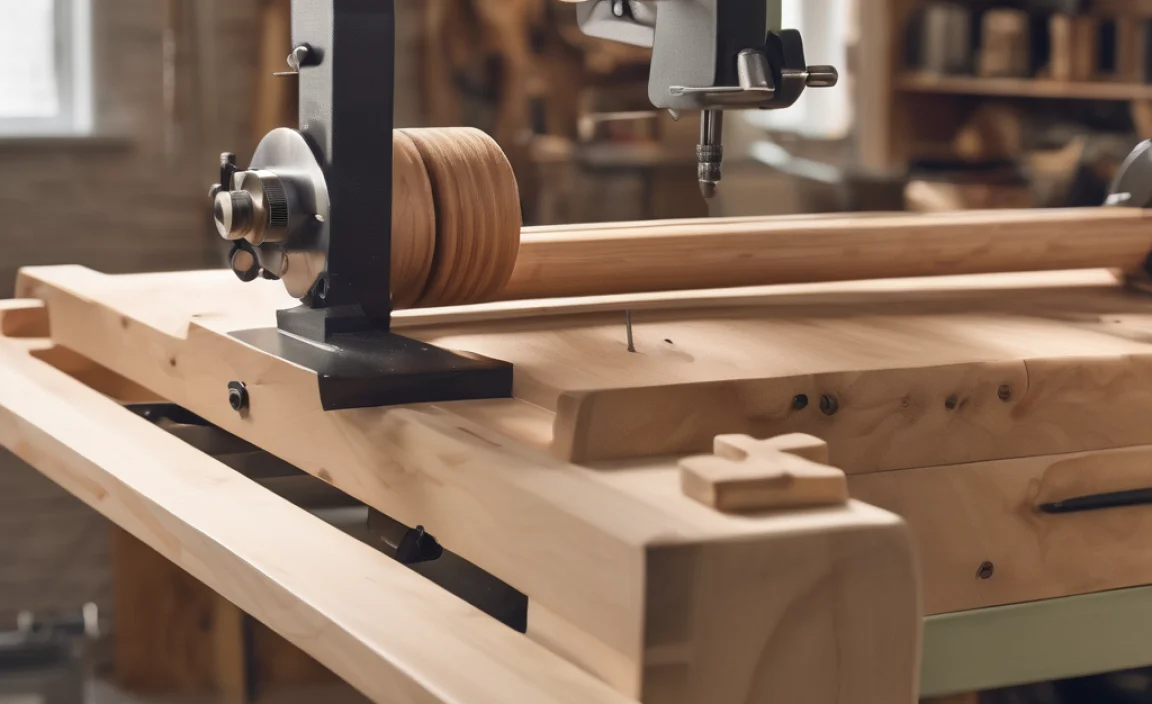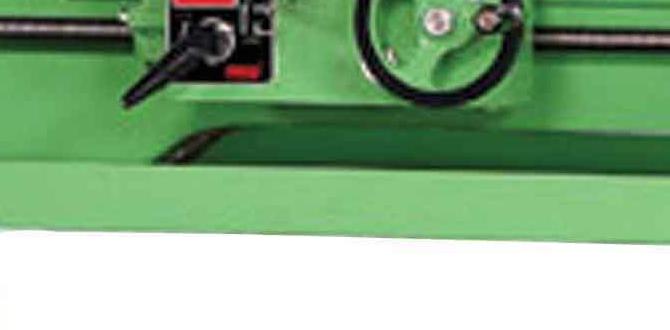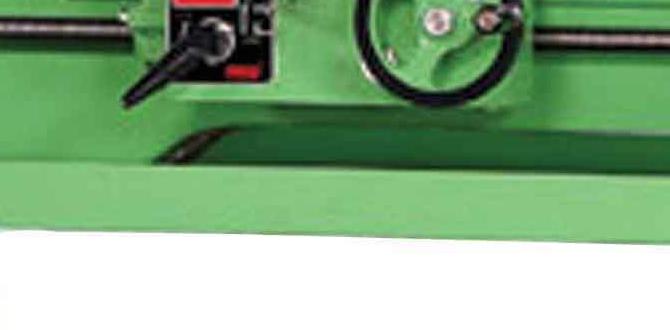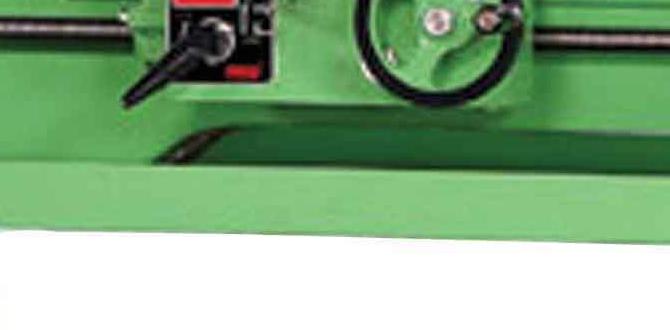Mastering Your Wood Lathe Dust: An Effortless DIY Setup
Wood lathe dust collection DIY setup is no longer an intimidating prospect. For wood turners, the allure of shaping beautiful pieces from raw timber often comes hand-in-hand with an unavoidable consequence: dust. This fine particulate matter, a byproduct of wood removal, can swiftly transform a clean workshop into a hazy, sneeze-inducing environment. Beyond the immediate discomfort, excessive wood dust poses significant health risks, irritating respiratory systems and potentially leading to long-term respiratory issues. Fortunately, creating an effective dust collection system for your wood lathe doesn’t require a professional engineer or a bottomless budget. With a little planning and some readily available materials, you can establish a remarkably efficient setup that dramatically improves your working environment and protects your health.
The first step towards a cleaner workshop begins with acknowledging the source of the problem. Woodturning generates fine dust particles that are unlike the larger chips produced by some other woodworking operations. These particles are incredibly light and easily become airborne, spreading throughout the space. Your lathe, with its high-speed rotation and material removal, is a veritable dust factory. Therefore, a comprehensive dust collection strategy must directly address this primary source. This involves not just capturing dust as it’s created, but also preventing it from migrating further into the air.
The Cornerstone of Your Wood Lathe Dust Collection DIY Setup: Capture at the Source
Effective dust management hinges on capturing the airborne particles as close to their point of origin as possible. This “source capture” principle is paramount for any successful wood lathe dust collection DIY setup. Without it, you’re essentially fighting a losing battle against a cloud of dust. The most effective way to achieve source capture is by integrating a dust collection hood or guard directly onto your lathe.
Many commercially available dust collection hoods exist, designed to fit a variety of lathe models. However, these can be expensive. For the DIY enthusiast, crafting a custom hood is a rewarding and cost-effective alternative. Plywood, MDF, or even sturdy plastic can be shaped to create a shroud that effectively encloses the spinning workpiece and directs the dust towards a vacuum port. The key is to ensure a snug fit around the lathe bed and tool rest, minimizing gaps where dust can escape. The opening in the hood should be large enough to allow clearance for your tools and turning operations while still being efficient in containing the dust. Consider adding a clear acrylic panel to your hood for visibility, allowing you to monitor your turning progress without compromising dust containment.
Integrating Your Vacuum System: The Engine of Your DIY Setup
Once you’ve established a method for capturing the dust at its source, the next critical element is the vacuum system that will power your collection. For a wood lathe dust collection DIY setup, a shop vacuum is often the most accessible and practical choice. Look for a vacuum with good suction power (measured in cubic feet per minute, or CFM) and preferably one with a HEPA filter. HEPA filters are designed to capture extremely fine particles, including those most harmful to your respiratory system.
Connecting your dust hood to the shop vacuum is straightforward. Heavy-duty flexible hose, commonly used in woodworking dust collection, is ideal for this purpose. Ensure the hose diameter is appropriate for the port size on your dust hood and vacuum. Secure the hose connections with hose clamps to prevent leaks, which will significantly reduce the efficiency of your system. It’s also wise to consider the placement of your vacuum cleaner. Ideally, it should be positioned close to the lathe to minimize hose length, which can lead to reduced airflow.
Enhancing Filtration and Air Quality in Your DIY Setup
While a shop vacuum with a good filter is a significant improvement, you can further enhance the air quality in your workshop with a few additional steps within your wood lathe dust collection DIY setup. One common issue with shop vacuums is that even with a HEPA filter, some of the finest particles can still escape back into the air, especially as the filter becomes clogged. To combat this, many woodturners employ a “two-stage” dust collection system.
This involves connecting a separate dust deputy or cyclone separator between the dust hood and the shop vacuum. These separators use centrifugal force to separate larger chips and dust from the airflow, collecting them in a sealed container before they reach the vacuum’s filter. This not only extends the life of your vacuum’s filter but also significantly improves the overall air quality by reducing the amount of fine dust that makes it through the system. The collected material can then be easily disposed of, or even repurposed for certain applications like fire starters.
Another essential aspect of maintaining good air quality is general workshop ventilation. Even with an effective dust collection system, some stray dust is inevitable. Opening windows or using a dedicated air filtration unit can help remove any remaining airborne particles. Regularly cleaning your workshop surfaces and floor will also prevent dust from becoming re-suspended in the air.
Maintenance for Long-Term Efficiency of Your Wood Lathe Dust Collection DIY Setup
Like any mechanical system, your wood lathe dust collection DIY setup will require regular maintenance to ensure its continued effectiveness. This primarily involves cleaning or replacing your vacuum filters. A clogged filter drastically reduces suction power, rendering your system less effective. Inspect your filters regularly and clean them according to the manufacturer’s instructions or replace them when they show signs of wear or significant clogging.
You should also check all hose connections and fittings for any leaks or blockages. A simple visual inspection and a quick feel around the connections can often identify issues. Clearing any accumulated dust or debris from within the hoses and dust hood will also help maintain optimal airflow. By dedicating a few minutes to these simple maintenance tasks, you’ll ensure your dust collection system continues to perform at its best, providing you with a healthier and more enjoyable woodturning experience.





